-
Posts
283 -
Joined
-
Last visited
Content Type
Forums
Detector Prospector Home
Detector Database
Downloads
Everything posted by RONS DETECTORS MINELAB
-
Looking For GPX 6000 Coil Alternatives
RONS DETECTORS MINELAB replied to Fearless Heart's topic in Detector Prospector Forum
The NF Exceed 7x12 is more quiet and handles EMI pretty good but is not going to be deeper on larger targets over the stock 11" mono coil. The cheaper alternative is the CT Goldhawk 5 x 10", not as quiet as the NF coil though, but does better on really small targets, more so than any of the other coils available to date. We are still waiting for NF to release hopefully this year the Exceed 10 x 16 mono coil which could possibly be deeper on larger targets and more quiet; verdict is not out yet though. I attached a chart I put together to show the other details. The bigger coils hit better on larger deep targets and are not as sensitive to smaller targets. The smaller coils do better on sensitivity to smaller targets but with loss of depth on larger targets. -
Pin Pointer For Placer?
RONS DETECTORS MINELAB replied to Hard Prospector's topic in Detector Prospector Forum
I have had several trips out with Pro-Find 40 the last couple of weeks, I only remember it going unstable twice. When this happened I only had to push the stability (on button switch quickly) which fixed the stability immediately without having to turn the pin-pointer off like the Pro-Find 35. I'm still on the fence about it only because it's still needs more time in the field to prove it's lasting durability. -
Pin Pointer For Placer?
RONS DETECTORS MINELAB replied to Hard Prospector's topic in Detector Prospector Forum
Here's a video on the Pro-find 40 on small nuggets. I did not have a Garrett AT at the time of the video. I have only used the Pro-find 40 a little bit, so have not come to a conclusion yet on it's performance and durability. I do highly recommend the Garret AT due to it's reliability and it's more sensitive than my older Garrett pro pointer used in the video. -
Here's the link, I believe recovery speed of 1 was used in the test.
-
Gold Detector
RONS DETECTORS MINELAB replied to Karl48's topic in Metal Detector Advice & Comparisons
Lots of people are selling their older model detectors for the newer models coming out. I guess it’s like having packrat syndrome, must have the shiny and new. This opens up a good opportunity to get some good detector prices for people on a budget. As a dealer and trainer I get asked a very good question by a lot of customers on what prospecting detector would be best for them. My answer is usually what is your price range and how mineralized is the area you planning on prospecting? How much rubbish is in the area your detecting? If they are new to prospecting and not sure where to even go, I recommend them doing some research on the mining districts closest to them. My usual recommendation for their best chance of finding nuggets is to get a PI detector when in medium to heavy mineralized ground or a VLF with a very good target VDI for low mineralized ground in rubbish littered areas. Usually the PI detectors exceeds there price limit. There are options for used PI detectors at VLF pricing, but this comes with risk by not having any warranty. I recommend only keeping a detector that’s under warranty due to the high price of repairs, but do understand there are some really good prices on used detectors also, such as the GPX-5000. The following list is just a recommendation from my experience using a majority of these detectors on what will work for nugget hunting. I am not saying price always determines the best performance due to many variables in metal detecting. This is not a debate on detector performances as it is more about what price to expect to pay to get into this hobby. All the VLF’s listed here can or should pass the bic pen sensitivity test. There are many more comparable models out there, but these were probably some of the lower priced prospecting detectors I have found for the money. Just a few Detectors for light mineralization and a low price where a VLF can work well: $289,00 Minelab X-Terra Pro 3 year warranty. Has ground balance. I recommend nugget hunting in Park 2 15Khz mode for best sensitivity. Also a multi-purpose detector. Great price and also can use Equinox coils. Fisher Gold Bug newer Digital w 5 inch coil 19Khz. 5 year warranty. Fisher F19 w 6 x 10 inch coil package. 19Khz 5 year warranty. Nokta Legend Pro Pack w 6 inch coil package Multi Freq. 3 year warranty. Also a multi-purpose detector. Nokta/Makro Gold Kruzer w 4 x 7.5 and 5.5 x 10 inch coil package 61Khz. 3 year warranty. Garrett 24K w 6 x 10 inch coil 48Khz. 2 year warranty. Fisher Gold Bug 2 analog or digital w 3 x 6.5 inch coil 71Khz. 5 year warranty. This detector is probably a specialty detector with the most sensitivity for cleaning up the smallest leftover nuggets. If you need more sensitivity then the GB2 then probably recommend the Gold Falcon MD20 pin-pointer 300Khz. Minelab Equinox 800 w 6 inch coil Multi Freq. 3 year warranty. Also a multi-purpose detector. Very versatile. Many other used VLF models can come in well under $500.00, but with no warranty probably better to buy a new model for the price difference. For medium to heavy mineralization, a PI is really necessary to have the best success: Weight is usually the downside to PI detectors until the last few new releases. So weight is included on the PI list. Expensive Options! A used GP 3500 can be found for less than $1,400, ATX for less than $1,500, GPX 4500 for less than $1,700, and GPX 5000 for less than $2,000. Most likely non warranty, but these older PI’s were built pretty solid. Maybe others can describe the best options for your areas mineralization though. -
1st Run With The Xceed 12x7 Mono
RONS DETECTORS MINELAB replied to Aureous's topic in Detector Prospector Forum
I am looking forward to trying out the 16 X 10" Spoked when available to purchase. It will be the largest area sized non DD coil offered besides the stock 17 X 13" and it will be a lot lighter to swing also. I'm hoping they use the same wiring configuration as the 12 x 7" though for best all around performance. I have added a comparison chart to show the comparisons below. -
My first impression was that this is a completely different detector from the previous 705 model and much more similar to the Equinox 700 pod configuration but without Multi-IQ. I have used the older X-Terra 705 with the 18.75Khz. Gold Pack coil and was curious to see how the new X-Terra Pro would perform on some smaller nuggets. I also liked that this detector had a manual ground balance and the Equinox 700/900 VDI numbers. So, the Equinox 6" coil was used for this testing using the 15Khz. Park 2 mode on both the X-Terra Pro and the Equinox using nugget sizes of .03 and .05 Gram. The X-Terra Pro and the Equinox could easily hit on both nuggets. As suspected the X-Terra Pro did have a decrease in target sensitivity when compared to the Equinox when I tried it in the Park 2 multi-frequency mode. Ground handling capabilities on both detectors were as usual for a VLF, no new breakthrough in this regard. I'll will have to admit I was surprised that this detector at it's price range could be used also for prospecting. I would like to hear any feedback if anyone else has used the X-Terra Pro for nugget hunting with any success. If this detector had a small coil and a selectable 18, 45, and 71Khz. frequency option I would call it a Goldmonster 2000. Yes, it would also be a waterproof fully submersible GM2000.
-
I also was thinking that the GPX-6000 and GPZ-7000 would always be separated out on performances since Minelab has controlled this market for so long. I hope they do not lose future sales on this past practice as now with the Axiom offering a 14" x 16" mono and DD coils it would seem the competition could change Minelab's previous thinking strategies, especially if it's about making the most profits. Hopefully they are forced into adding more options then what was previously offered to compete with the current competition, kind of like the X-Terra Pro release is attempting to do.
-
Yes, I'm hoping they shock me to, but it makes me also wonder what they have been designing since the 2015's ZED release, as this is a long time in the making. I can only hope it is a more refined 7000 that can actually add more depth performance on all nugget sizes, handle the worst ground effectively, and can have a huge variety of coil size options right from the release date, but If you already have X-coils this might not be it's best selling point. Any discrimination would still be beneficial for surface rubbish, shallow soils and bedrock areas, but I do not like the previous blanking type of PI discrimination, so maybe a different tone could be used or a visual target ID would be even more outstanding. I expect it to be a lot lighter with better ergonomics since they have been successful at doing this with other newer models. Any lightweight water resistance packaging would be beneficial for accident plunges while working near water. Being this is a Flagship detector for the most series prospectors I would hope it would have more user control options than the GPX-6000. For now I'm just glad Minelab is still taking the lead on this as I have confidence it will be worth the wait.
-
I am also hoping for better small gold discrimination on a PI detector, but as Steve has described in the below article this is a hard thing to accomplish. Even the GPX-6000, GPZ, SDC have all dropped discrimination from it's features probably due to the smaller disseminated gold capabilities it's after and the fact that these latest Minelab detectors are more of a true gold detector vs. a multipurpose gold and relic/coin detector such as the GPX-5000. Even though the Axiom has small gold capabilities and offers partial discrimination, it is also very limited at separating out two foot deep 3" nails. Please read the following note from the Garret Axiom owner's manual below: Note: Iron Check is a conservative function. To help ensure Axiom does not misidentify a good target as iron, the iron tone (buzz) will only activate on strong signals. Therefore, small/weak iron targets may not identify as iron. In addition, due to their large, flat surface area and relatively high conductivity, steel bottle caps will typically not identify as iron. Examples of iron targets that will produce the iron tone (buzz) are: a 3-inch nail to a depth of about 5 inches; and a ¾-inch boot nail to a depth of about 2 inches. In highly mineralized areas, Iron Check accuracy may be affected. And in the comparison chart from the GP-3000 located below nothing has really changed in this regard over a 20 plus years timeframe. Miracles can happen, so maybe in the future we will see some new breakthroughs in PI's discrimination capabilities, but so far just some more dig it all.
-
Looks like Fisher was able to do some great iron discrimination with the Impulse AQ pulse induction detector on larger gold targets. Does anyone know if this ZTS technology is moving forward or if there was a problem with it's actual performance on in ground targets. I do like the presentation with the rings and nails together.
-
Garrett Axiom Vs Minelab 6000
RONS DETECTORS MINELAB replied to Dain Blackburn's topic in Detector Prospector Forum
GPX 6000 for Goldmonster control type simplicity and Axiom for users wanting to adjust settings further for more challenging grounds. Axiom also for use in more surface iron infested grounds using DD discrimination. One year more warranty on 6000 though. -
I really plan on getting the GPZ replacement, not sure how long it will be before it comes out though. I am primarily only hoping that they make coils that are comparable to the performance of the x-coils for it. Any other features than that would be only more reason to get it. Minelab usually incorporates all their newest technologies into multiple new detector releases, so I am optimistic that it will be a winner, especially over the previous 2015 ZED that was put into a bulky CTX housing.
-
Hopefully where you detect a VLF can handle the ground mineralization as hearing hot rocks all days is very discouraging to a young detectorist. If you are getting a VLF though the newer multi-freq. detectors can perform like your MXT and find smaller gold than the MXT. The March sale on the Equinox 600/800 also has the free 6" coil added to the package. Pricing as follows: Best Buy! Equinox 600 $599 corded headphones 2 coils & 3 year warranty. Note: Park 2 works on small sub grain gold .03 gram in it's multi-freq. mode. You give up about a quarter to half inch difference compared to the 800 in prospecting mode. Equinox 800 $899 wireless headphones 2 coils & 3 year warranty. Legend $499 no headphones one coil 2 year warranty. Legend Pro Pack $699 wireless headphones 2 coils including 6" 2 year warranty. Should be a good year in the Sierra's for you both, especially if the snows melt off quickly!
-
The 6000 in primarily normal timing can have a distinctive sound on medium and larger sized metals such as double tones on long pieces of metal. Boot tacks also have a very common sound that is very repeatable, quite different from low conductor targets such as gold and lead. So although not a true discrimination feature, with time one can tell the difference on a lot of rubbish type target responses. The best feature of pulse induction is not hearing all the ground mineralization VLF's hear that mask a lot of gold targets. And with PI sensitivity now down to .03 grams your getting the majority of the small stuff along with the big deeper stuff in one coil sweep. I still use a VLF for disseminated gold in quartz where a PI fails or in low mineralized rubbish covered placer grounds though.
-
I can relate to this detecting being a dangerous business and not for the faint hearted. I on occasion find myself using ropes to keep me from falling of cliffs on hydraulic head cuts, crossing high-water creeks and rivers , stepping right over rattlesnakes, pulling ticks out frequently in the spring, having close bear encounters, and being 3 hours away from a vehicle while in rough terrain in the back country with no cell or radio communications.
-
Wow! 25% off the GPX-6000 for the month of March and its just reaching its second year anniversary. It’s always good for the consumer when two competing companies are trying to keep sales up and use pricing to achieve that goal. If these recent sales prices our part of this goal and could remain in a long term competition, then its going to be a very competitive market for these high end detector. Note also, the 15% military discount Is now also offered by both companies. The prices added in the list below do a fairly reasonable job at separating out the performance verses current pricing options on the higher end PI detectors. The only caveat to this is If pricing and performances are close together I would always choose the three year warranty option though. Below is the price list including the most recent February/March sales prices offered on the most high end Pulse Induction detectors. ATX $2,379.00 Weight with 11 x 13 inch mono coil 7.0 Lbs. Water submersible. Lots to offer for coil sizes & coil configurations to achieve small and fairly large gold performance. Offers partial iron discrimination with DD coils. 2 year warranty SDC 2300 $2,550.00 February SALE vs. $3,499. Weight with 8 inch mono coil 5.3 Lbs. Water submersible. The MFP timings with the small 8” coil seems to handle higher mineralization pretty well. Very small gold performance. 3 year warranty Axiom $3,995.00 Weight w 11 inch mono 4.2 LBS. Very small and fairly large gold performance. Offers partial iron discrimination with DD coils. 2 year warranty GPX 5000 $3,999.00 Weight on arm minus battery pack 5.3 Lbs. with 11” coil. To be wireless you need to add Doc’s Gold Screamer battery and booster pack 6.3 Lbs. Largest offerings for coil sizes & coil configurations to achieve small and large* gold performance. Offers partial iron discrimination with DD coils. 3 year warranty The GPX-5000 could definitely use a price reduction also but is still one of the most versatile PI detector on the market. *Note: Coiltek Elite & Nugget Finder Evolution coils add more performance and sensitivity over previous released bundle wound coils. GPX 6000 $4,500.00 March SALE. Weight 4.6 Lbs. w 11 inch mono. Very small and fairly large gold performance. 3 year warranty GPZ 7000 $6,375.00 February SALE vs. $8,499,00. Weight 7.3 Lbs. w 14 inch DOD coil ZVT or 6.0 Lbs. with the Nugget Finder Z-search 12 inch coil and compatible CTX-3030 Li-ion battery. Minelab’s flagship detector with very small and exceptional large gold performance. 3 year warranty Please do not get to excited about the iron discrimination capabilities on the ATX, Axiom, & older GPX series, as it is only has partial discrimination at best. Works good on surface iron, but for any deep iron you will still need to dig quite a bit of dirt until your detector can determine it is iron. The only chart that I could find to show this was a GP-3000 Minelab chart showing its limited discrimination abilities, attached below.
-
121 Gram Nugget Found In New Zealand
RONS DETECTORS MINELAB replied to phrunt's topic in Detector Prospector Forum
Looks like Pauly's breaking his gold find records there.

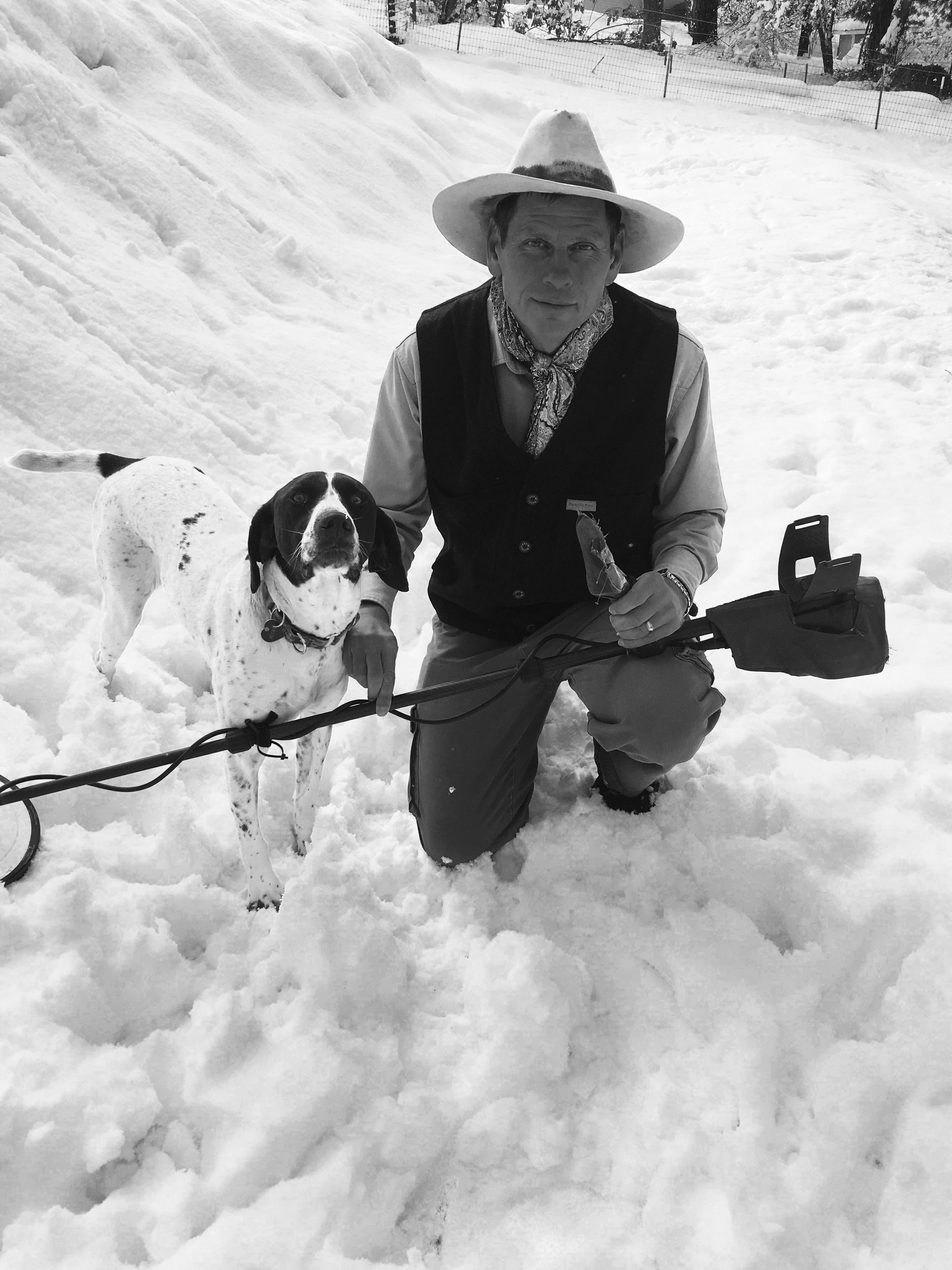
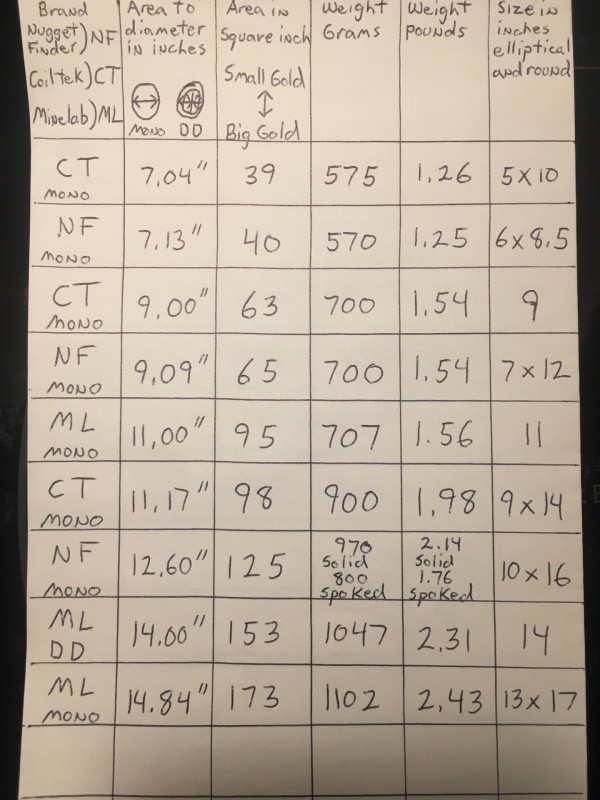
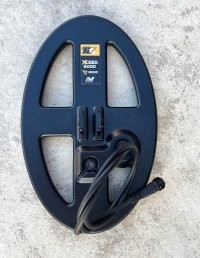
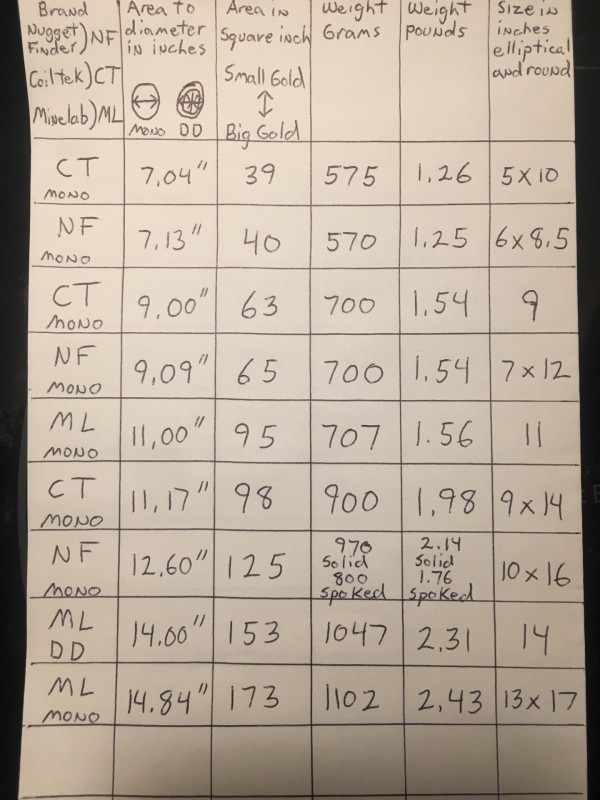
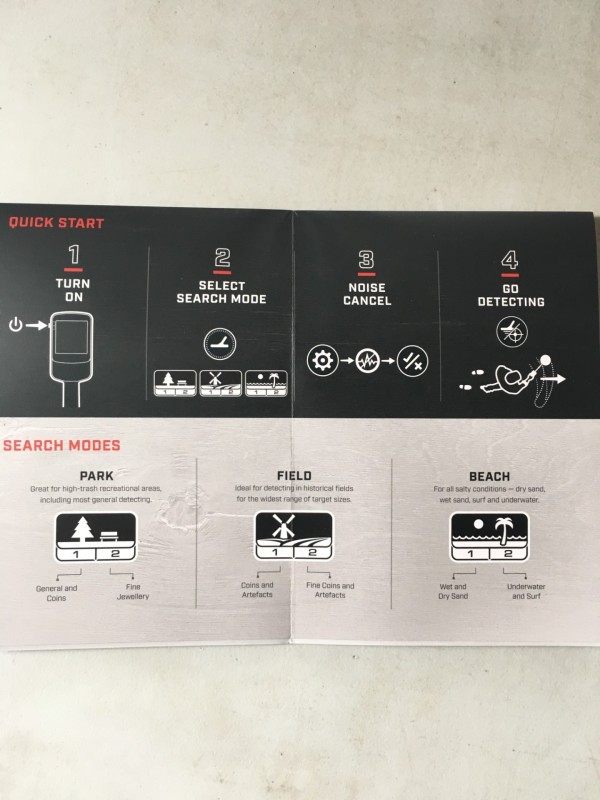
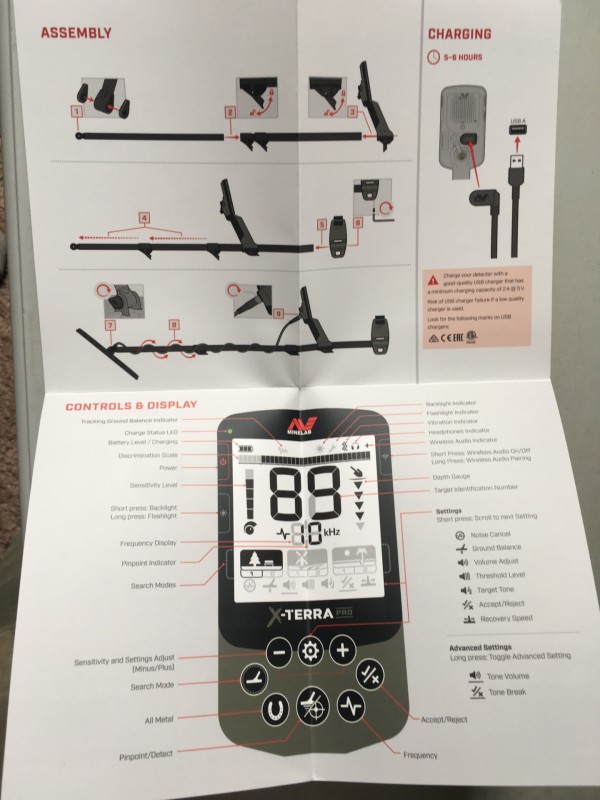
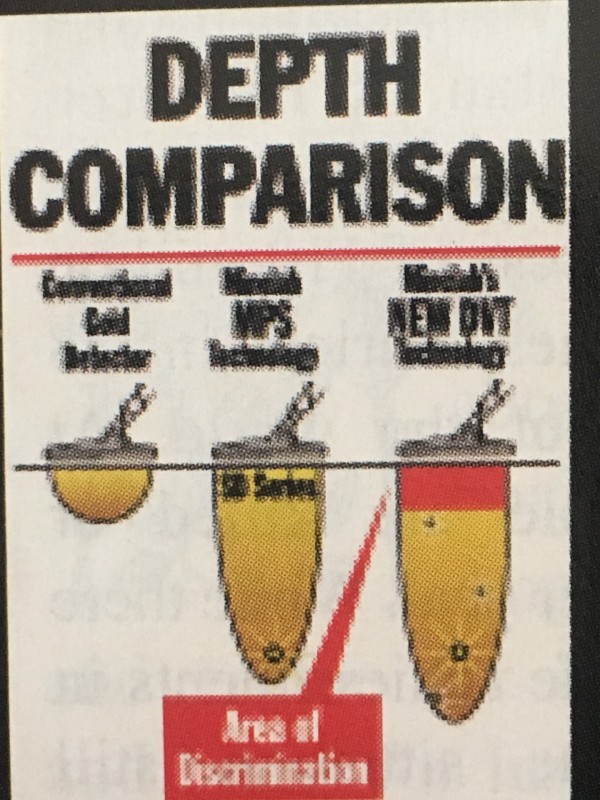
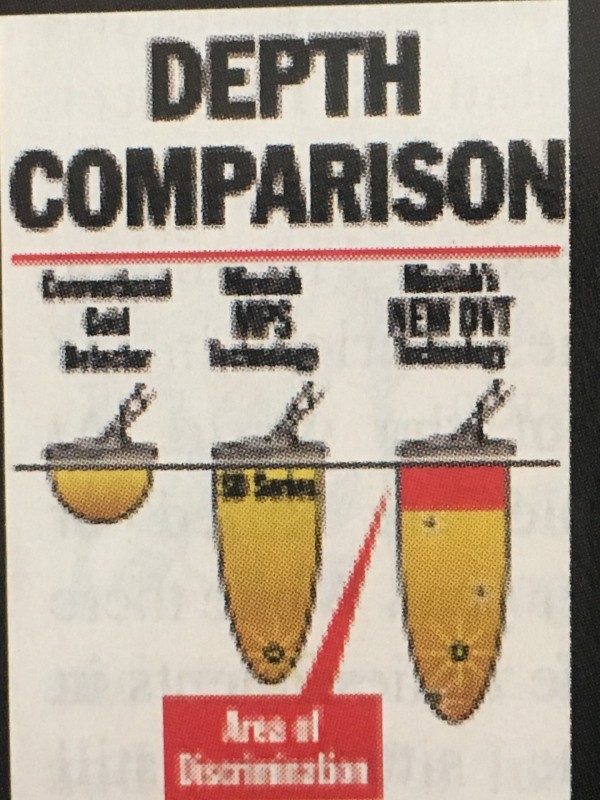
.thumb.png.338b88ce5527d220f62bb5d197431db2.png)